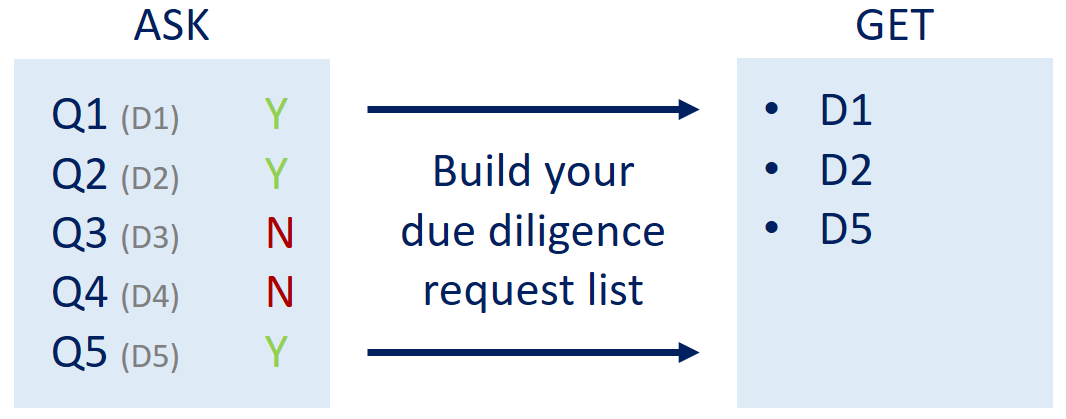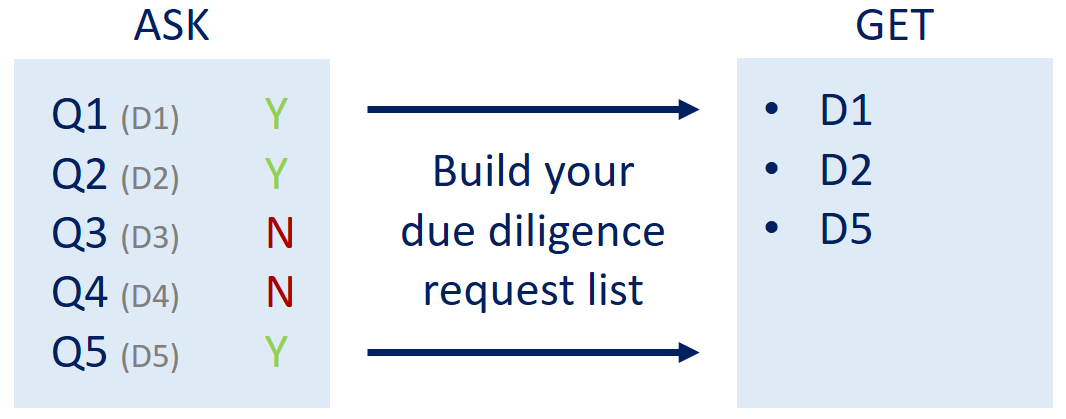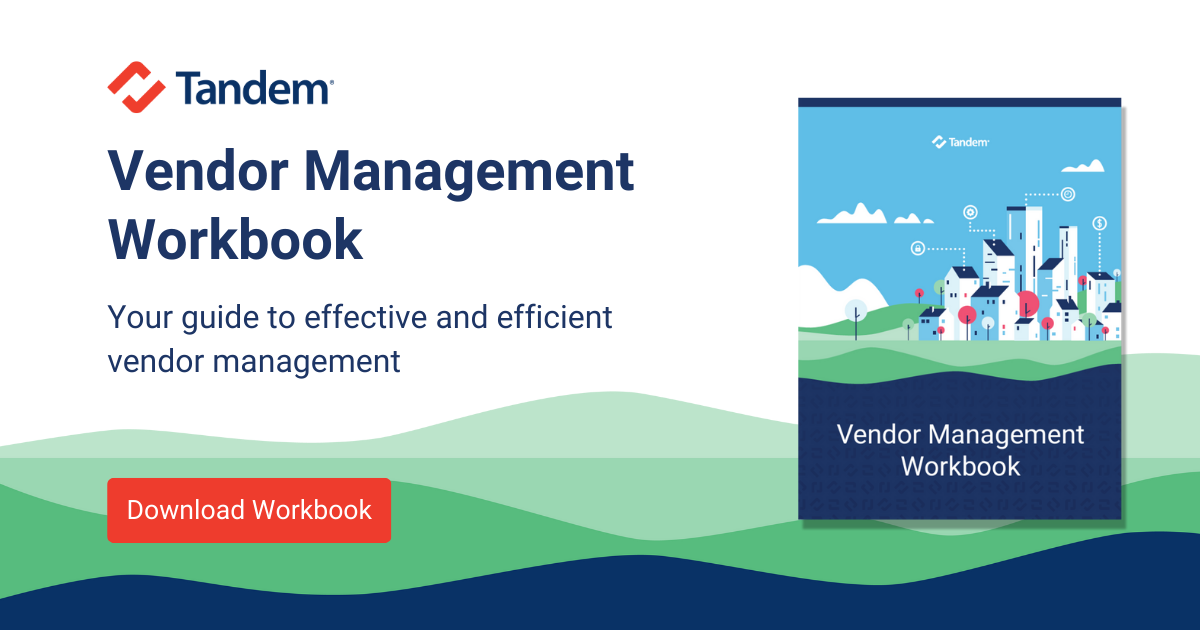How do you know what due diligence documents to gather from each of your vendors? There are many methods available, but some result in more accurate documentation than others. Today, I'm going to review two of the primary methods and discuss the effectiveness of each method.
Method #1: The Bucket Method
I often see, what I will call, the bucket method.
It Goes Something like This
Imagine you have a list of questions you ask about vendor characteristics, and then you classify that vendor based on the number of questions answered as "yes." For example, a vendor should be considered:
- "Level 1" if two or less are answered as "yes."
- "Level 2" if three to four are answered as "yes."
- "Level 3" if five or more are answered as "yes."
Then, you could define the required due diligence based on the level of the vendor, or based on the bucket in which the vendor is grouped. At "Level 1," collect only a service level agreement. At "Level 2," collect a contract, a confidentiality agreement, and financial statements. At "Level 3," collect all document types (e.g., a contract, confidentiality agreement, financial statements, SOC report, examination report, BCP, etc.).
What Happens Now?
This method seems relatively simple to carry out. But in reality, it can create a lot of unnecessary document exceptions, and occasionally miss opportunities to request relevant documents.
- Unnecessary Document Exceptions in a Bucket Method
Consider a vendor who is "Level 3." While five characteristics applied to them, several of the required documents are both unnecessary to request, and at some rate, unreasonable. This results in an exception record to explain each case and ultimately, requires more effort from you, as the vendor manager, to oversee the relationship. - Missed Opportunities for Requesting Relevant Documents in a Bucket Method
Consider a vendor who is "Level 2." While only three characteristics applied to the vendor, one of them is very important. If this vendor were to be unavailable for 24 hours, it would be detrimental for our business. We should get their BCP, but we did not because it was not required for "Level 2" vendors.
What This Means for You
The bucket method costs a lot of time and effort even though the labeling process seems quick and simple.
Method #2: The If-Then Method
Instead of the bucket method, consider the more accurate if-then method.
It Goes Something like This
Imagine you have a list of questions you ask about vendor characteristics. You could say that if you answer Question A as "yes," then you should collect a specific type of document related to the effects of that characteristic, Document A. Here are a few examples to consider:
- If a vendor performs critical functions or provides critical services, then you should get a service level agreement.
- If a vendor uses subcontractors in the performance of critical functions, then you should get their Third party Due Diligence of Subcontracts.
- If a vendor stores customer information, then you should get a SOC report.

What Happens Now?
By using the if-then method, you only gather the documentation that is appropriate to the third party relationship. This method can be continually refined. If you notice you are creating a lot of document exceptions for a specific type of document, revisit the question you are asking that instigates this requirement. Consider what assumptions are being incorrectly made about the characteristic's effects. Update your list to appropriately account for this.
Let's say you thought, "If a vendor stores, transmits, or accesses customer data, then I should get their SOC report." You would quickly find that not every vendor who can access your customer's data is going to have a SOC report, and that the SOC report is quite unnecessary for the service you are receiving. In this case, you could create two separate questions. One question would be about storing customer data, in which you would require a SOC report. Then another about accessing and transmitting customer data, in which you would require a confidentiality agreement, but not a SOC report. Making this adjustment would greatly reduce the number of documented exceptions.
What This Means for You
The if-then method will eliminate unnecessary document requests and ensure pertinent documents are obtained.
In Summary
While both methods provide standardized ways to gather due diligence documentation from vendors, the bucket method can actually cause more problems for your vendor managers. By using the if-then method, you can manage your vendors based on the services that are being provided to you and easily change your program to meet the developing needs of your environment. Couple this method with the Tandem Vendor Management Software, and increase the efficiency in which you conduct your program.




